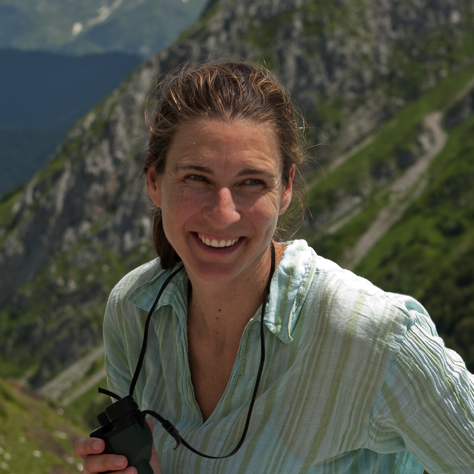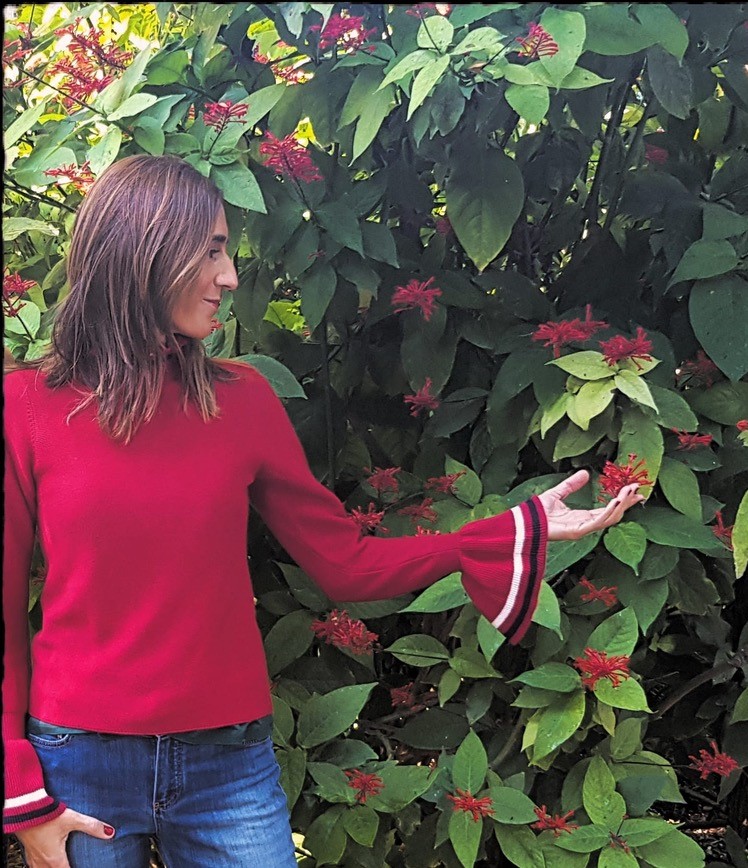Irene Teixidor: “ without people and communities who value biodiversity and know how and want to use it, collections lose value”
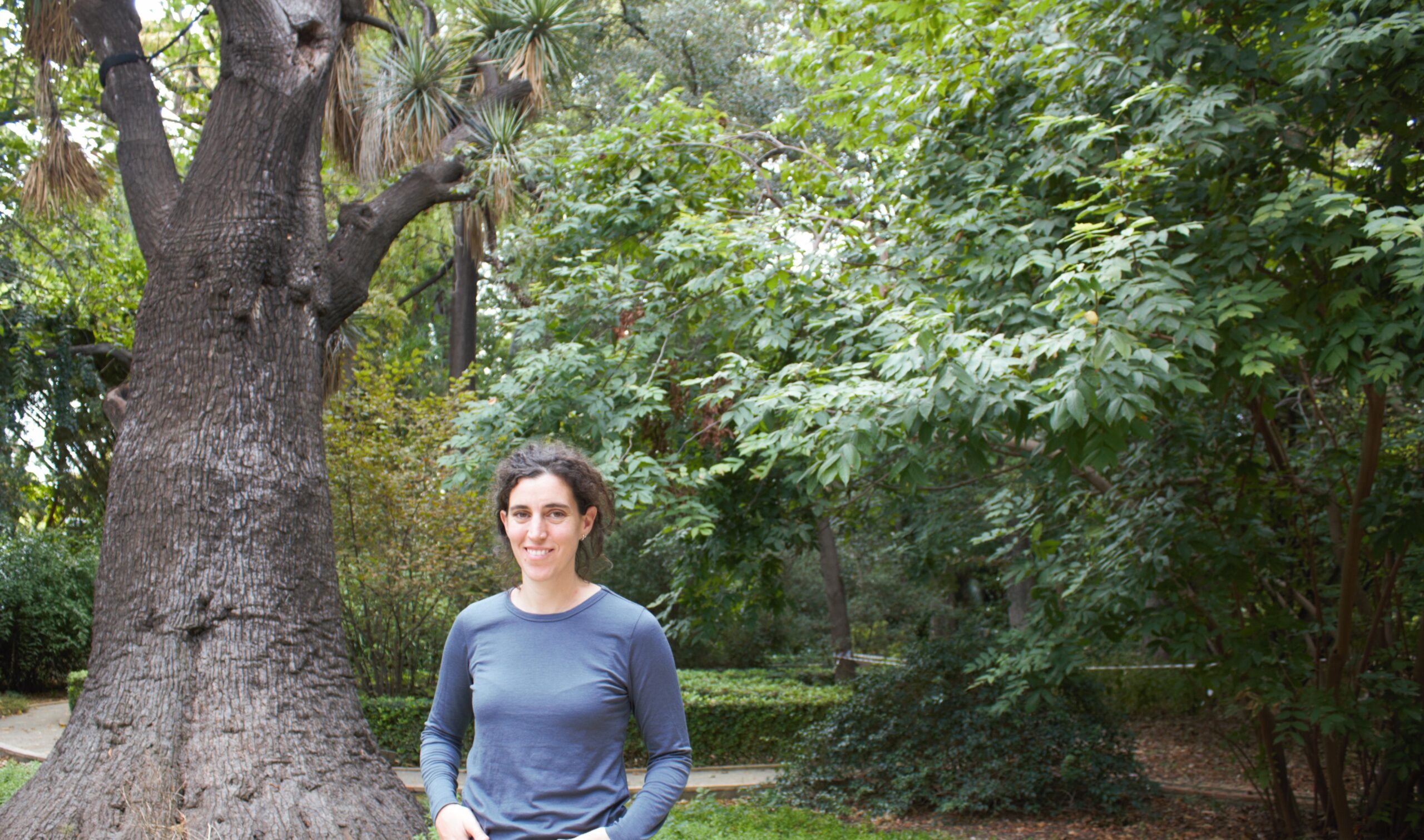
We speak with Irene Teixidor, a researcher in ethnobiology who, from her base in France, between Marseille and Montpellier, collaborates with science professionals from very different disciplines, with indigenous and local experts, and members of associations and non-governmental organisations, to promote Indigenous and Local Knowledge in ecology and biodiversity. This research ranges from interdisciplinary to transdisciplinary and includes the training of new generations through courses in master's programmes, research training and supervision of students, with a special commitment to the countries of the South and to the support of young women in science. She visited the Jardí Botànic of the University of Valencia on the occasion of the 4th Mediterranean week of plant conservation and we took the opportunity to immerse ourselves in her world.
Although we open the doors of spores to talk about your work, we are very interested in knowing your trajectory up to this point. I’m sure it will help us to better understand what you do…
I completed a degree in biology and ecology, followed by a master’s degree in marine ecology at the University of Barcelona. However, although I have an academic background in natural sciences, I have always been interested in “lay” knowledge about the environment. I grew up in a village in the Catalan pre-Pyrenees, where my grandmother and my mother had a hairdresser’s where I spent many hours of my childhood and youth. That time among women formed me in the inter-help, in the oral history of the territory and, in a way, in ethnography. My paternal grandparents and my father collected medicinal herbs and mushrooms and with them I learned to love nature. After my studies and some time travelling, I had the opportunity to do a PhD in ethnobiology at the University of Reading in the UK, during which I spent a lot of time in the High Atlas of Morocco studying medicinal plant knowledge. After the PhD, I was lucky enough to get a postdoctoral funding with two colleagues in Norway to study the spatio-temporal dynamics of Indigenous and Local Plant Knowledge in Scandinavia. It was then that I became interested in the role of these knowledges, and the people who hold them, in sustainability.
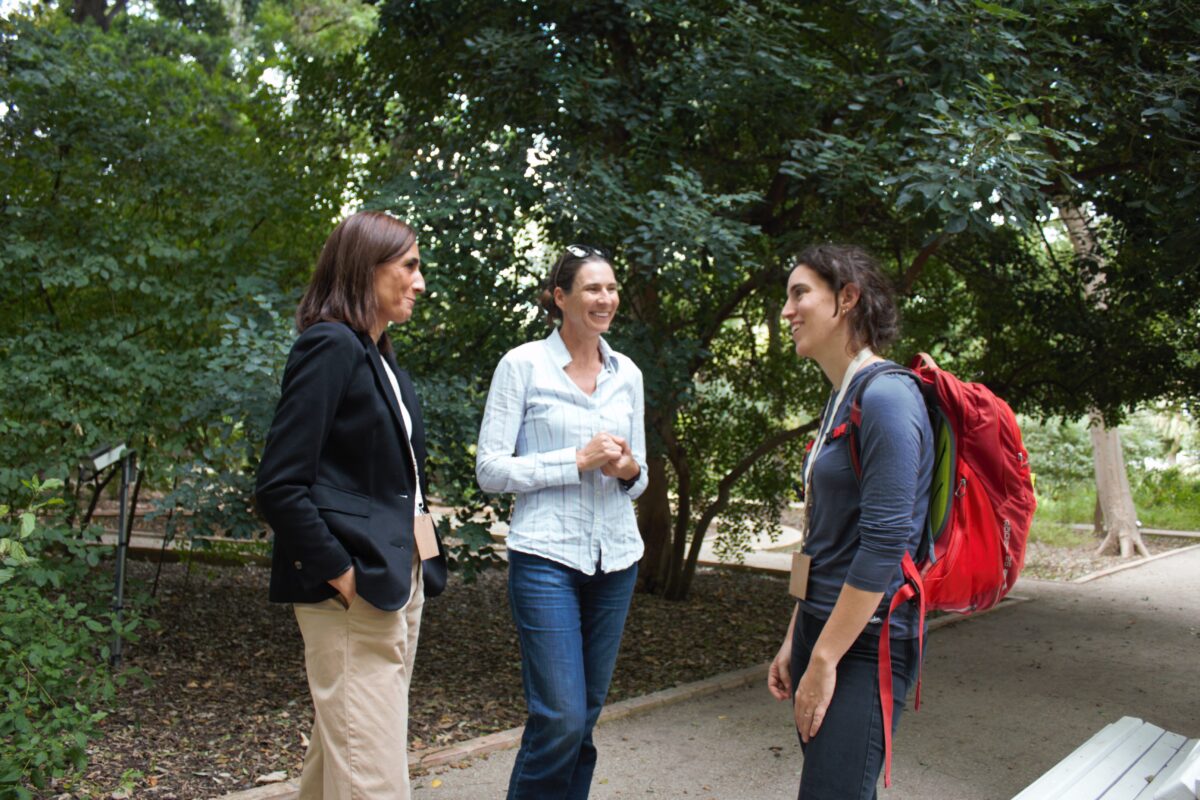
Explain to us what is Indigenous and Local Knowledge (ILK) that you are talking about?
They are a body of knowledge, practices and worldviews (and these three aspects are closely interconnected) about the relationships between living beings, including humans, and between humans and their environment. This knowledge is generated through relationships and experiences in a given place, and transmitted mainly orally between individuals of different generations, or within a single generation through processes of cultural transmission. Moreover, these bodies of knowledge are not static over time, so to speak of “traditional knowledge” can be misleading. Actually, they change and adapt to new ecological, climatic, social, political, cultural, etc. conditions.
There is a lot of talk about the relationship between knowledge holders and nature, what is that connection?
Indigenous and Local Knowledge belongs not only to individuals, but also to communities and local governance institutions. Relationships among individuals, institutions and communities, and nature can be very diverse, depending on the conditions and history of each place, but they are built on a foundation of values, observation and management of various aspects of the environment: from species to landscapes, to the environment, to the environment itself.
As a botanical garden we are very interested in working on the conservation of seeds for long-term use. How does this activity link with the concept of Indigenous and Local Knowledge?
When we save seeds, let us preserve the possibility of making them grow and flourish, and if they are seeds of plants with a cultural value, the possibility of being able to use them in some way. People who are knowledgeable about the biodiversity being conserved can contribute a great deal to the process of seed conservation (at the level of technical information), but more important is the fact that without people and communities who value biodiversity and who know and want to use it, the collections lose value. There we know that ILKs are being lost as fast as or faster than biodiversity, and protecting them is as important as protecting biodiversity materially
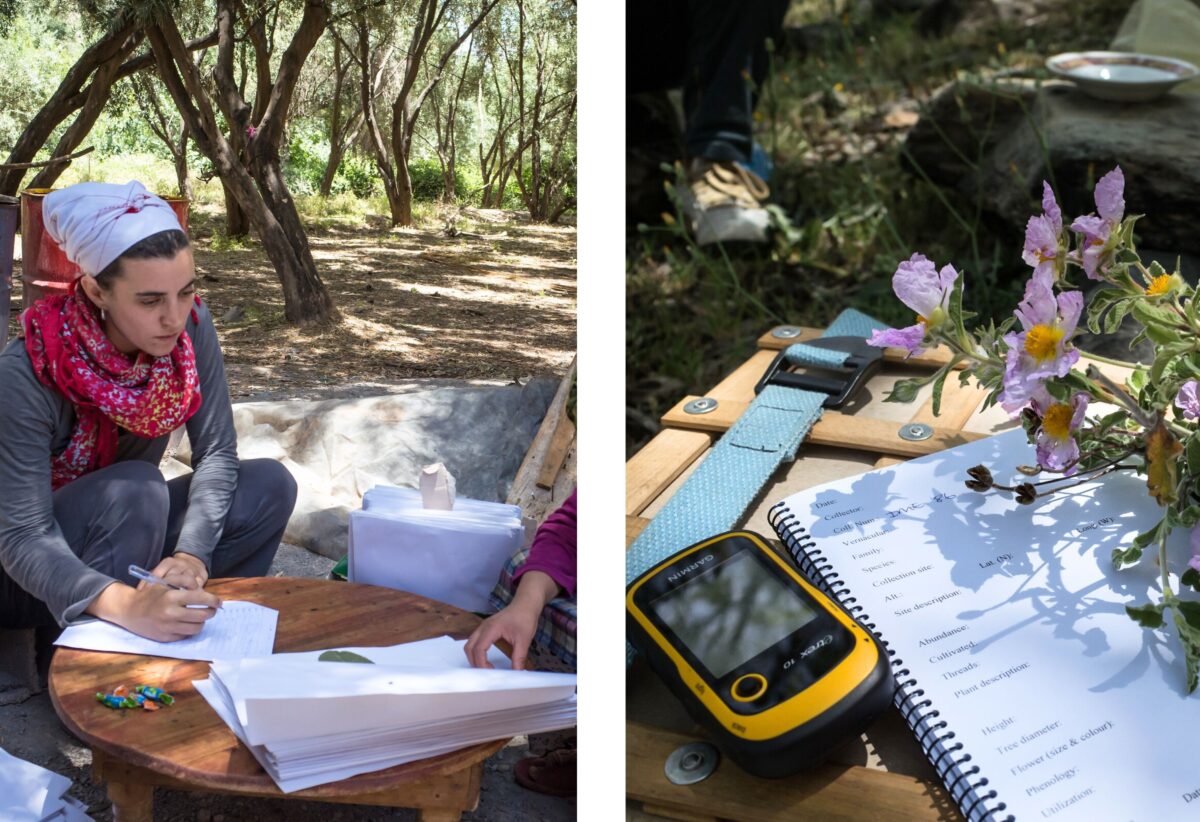
Cooperation between the indigenous or local communities and those who manage the banks seems necessary. On the one hand, it implies that both parties share the working plant material. Explain to us how this would be done.
There are already many seed banks that share seeds with individuals and associations that want to plant them. In northern countries this is relatively easy, as people can contact seed banks if they wish to do so. But in southern countries, in rural areas, where biodiversity and knowledge are being lost at a faster rate, people do not necessarily know about or have access to seed banks. It is therefore important that the banks themselves, directly or through researchers, associations or NGOs, communicate with local populations to cooperate in the conservation of biodiversity and knowledge. This is even more important when the seeds in question belong to species and varieties domesticated or semi-domesticated by these populations and their ancestors.
This cooperation we are talking about, between indigenous and local communities (in situ) and Genebanks (ex situ) requires recognition of the work and contribution of the indigenous or local community in biodiversity conservation. What do you think should be taken into account?
Indigenous and local communities have historically been marginalised by the natural sciences, yet there is much written evidence of their contribution to biodiversity conservation. On the one hand, the training of science and conservation professionals can be improved by incorporating interdisciplinary courses on ILK and transdisciplinarity, but even without new training, respect and listening are indispensable ingredients. On the other hand, this cooperation is regulated by the legal framework of the Nagoya Protocol and other legislation at the national level in each country, which aims to protect local communities and ensure certain reciprocity in exchanges between them and institutions such as genebanks.
Note: Transdisciplinarity is a research approach in which all stakeholders involved in solving a complex problem collaborate to find answers and develop holistic and integrative solutions.
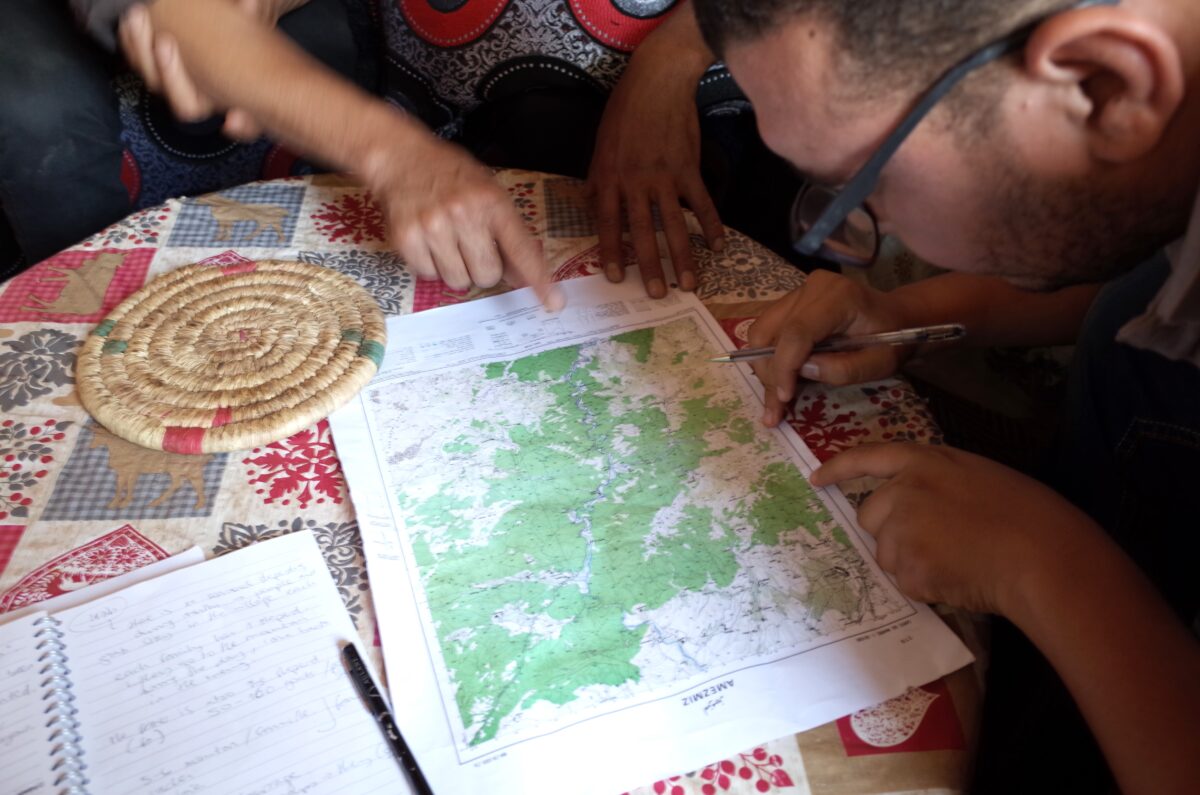
How is this “knowledge” and its ownership reflected in conserving plant material in cooperation with local and indigenous communities? Does the recording of data take into account the contributions of local people?
Knowledge is best preserved by referring to the people and communities that hold it, valuing their culture and allowing and supporting their cultural expression. In certain contexts, aspects of this knowledge can be preserved in written form (which will never be full preservation). This process must always be supported by the (free, prior and informed) consent of the communities and individuals concerned, and it must be up to them to decide how their contributions are taken into account.
In short, we are talking about sharing knowledge and values. When we talk about ecosystem services, those benefits that we get from nature and on which we depend because they sustain human life, we must not forget the importance of the traditional knowledge of these indigenous communities from which the natural systems also benefit. Can you elaborate on this a little more?
The conceptual framework of the Intergovernmental Science-Policy Platform on Biodiversity and Ecosystem Services (IPBES) proposes a giant leap forward in this respect. We no longer speak of ecosystem services, but of nature’s contributions to people, which are co-produced between nature and people, and therefore depend on their knowledge. If we take the example of the food service provided by wild plants, in order to obtain food from them it is necessary to know how to collect and prepare them.
And let us not forget that nature’s contributions to people can also be negative, as in the case of insect-borne diseases or toxic plants, and there is Indigenous and Local Knowledge adapted to the management of these. In addition, there is indigenous or local management of ecosystems to ensure the durability of nature’s contributions to people that are perceived as positive, for example, by providing grazing routes to encourage the quantity and quality of grazing, or, if we continue with the example of wild plants, by encouraging the reproduction of these species.
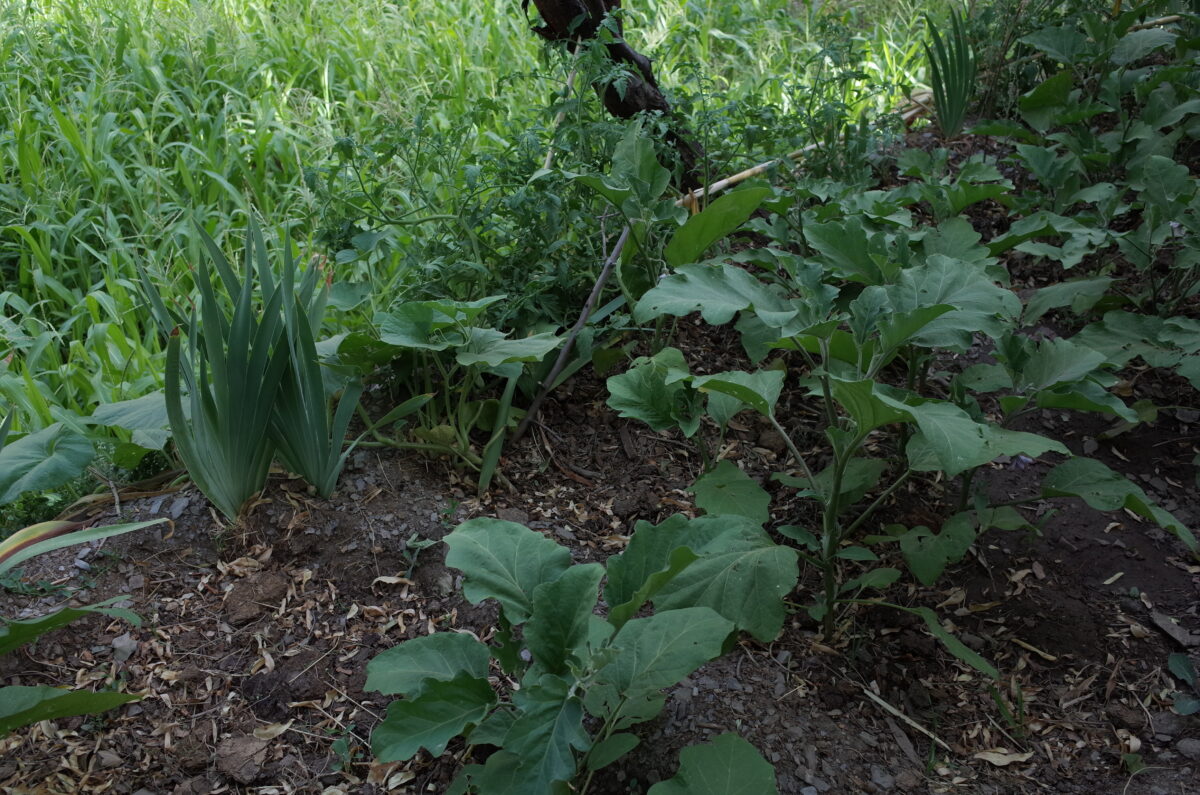
The global Food Model is one of the major challenges for several reasons, such as its relation to Climate Change or the need to feed more and more people. How does it relate to the knowledge of local and indigenous communities?
ILKs support a model of multifunctional agriculture, based on a high diversity of cultivated species and varieties (agrobiodiversity), and adapted to local environmental conditions, often mimicking local ecosystems, such as agroforestry or agro-sylvo-pastoralism. These ancient models provide solutions to modern problems in agriculture, such as disease resistance, for example by favouring cultivated and uncultivated biodiversity in the fields, or their very important contribution of CO₂ to the atmosphere, as agriculture with fewer chemical inputs contributes to the formation of soils rich in organic matter that capture more CO2.
What does the term “repatriation of knowledge” mean?
This refers to the revitalisation of aspects of Indigenous and Local Knowledge by communities and individuals from written information or artefacts (e.g. baskets showing weaving techniques). Current communities may not be aware that certain objects or information are found in various collections or texts (academic or non-academic), and the idea of repatriation indicates the responsibility of the academic community to reach out to communities to collaborate in the preservation of Indigenous and Local Knowledge.
In terms of the SDGs, SDG 17 refers to the need for partnerships to achieve the goals and targets that will help us move towards more just and balanced societies. Are these partnerships essential to the work you do?
Of course, and not only in mine. Ethnobiology research is a pioneer in weaving alliances between natural science, social science and humanities researchers, local populations, and governmental and non-governmental organisations, as well as in calling for the participation of indigenous and local communities in environmental research and policy. In 1993 the International Society for Ethnobiology issued the “Declaration of Belém” to claim the rights of indigenous peoples and local communities, and for this reason ethnobiology is related to the science of sustainability, which seeks to find solutions to today’s complex challenges.
It has become clear to us that conserving biodiversity goes hand in hand with preserving the knowledge of local communities and relying on their irreplaceable expertise. What is required when establishing an integrated ex situ-in situ conservation strategy?
For me, the basic requirement is to take the time to find the right partners, and to create and maintain relationships based on respect, reciprocity and trust with them. This requires flexibility in defining and implementing strategies, we must not forget that not only our objectives and priorities count, but also those of our partners in an equally or even more important way.
What role do women play in the conservation of Indigenous and Local Knowledge and in particular of seeds of local species?
In many rural areas of the world, women play a crucial role in the conservation of knowledge and seeds. For example, in the Andes of Ecuador and the High Atlas in Morocco, two mountain regions I know directly and indirectly, there is high male emigration and it is the women who remain in the mountain villages, preserving a valuable biological and cultural heritage. Generally speaking, Indigenous and Local Knowledge is not always shared between men and women, and in any case it is necessary to take gender aspects into account.
To close the interview, tell us what you like most about your job and what are the challenges or difficulties that most concern you.
The great pleasure in my work is the people I did it with: seeing students train and grow, sharing ideas and experiences with very diverse people, and continuing to grow with what I learned. And I think what worries me most is the rise of the far right, which as we have already seen with Trump and Bolsonaro, has a disastrous impact on sustainability at a global level.






